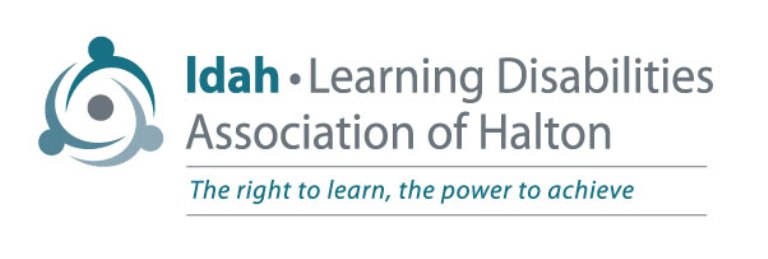Instructional Remediation
WHO WOULD BENEFIT?
Children and youth with a diagnosis of dyslexia, language-based learning disabilities and/or ADHD, who:
- Need 1:1 instruction in one of the areas listed below
- Need a multi-sensory, research-basded approach
- Need a safe and comfortable learning environment with a qualified teacher
PROGRAM FOCUS
Reading
- phonological awareness, sound/symbol recognition, blending, decoding, handwriting, reading fluency and reading comprehension
Writing
- basic grammar, including parts of speech, sentence structure, punctuation, paragraph structure
OR
Mathematics
- basic skills in computation, measurement, fractions, use of money, telling time
ADMISSION CRITERIA
LDAH recognizes that a formal diagnosis is not something all individuals have and therefore we welcome children and youth who are struggling in their academics and social life due to identified or non-identified learning disabilities. Please note: these programs are designed for individuals with learning disabilities and not other exceptionalities. All applications are screened. Registrations are on a first come, first served basis.
ATTENDANCE
Children can attend a minimum of 2 one hour sessions per week from September to end of May.
Classes are 1:1
FEES
LDAH Members: $ 52.50/hour
Non Members: $ 57.50/hour
Monthly payment plans arranged. The cost of annual membership is $50.00 paid separately from tutoring fees.
After school hours
Flyer – Instructional Remediation
THE ORTON-GILLINGHAM INSTRUCTIONAL APPROACH
What is the Orton-Gillingham Approach?
The Orton-Gillingham approach was established as early as 1925 by Samuel Torrey Orton who identified the syndrome of dyslexia as an educational problem. Anna Gillingham was a gifted educator and psychologist with a superb mastery of the language. This approach is language-based, multi-sensory, structured, sequential, cumulative, cognitive, and flexible. Infinitely adaptable, it is a philosophy rather than a system.
Language - Based
The Orton-Gillingham approach is based on a technique of studying and teaching language, understanding the nature of human language, the mechanisms involved in learning, and the language learning processes in individuals.
Multi-sensory
The Orton-Gillingham approach is multi-sensory. Sessions are action-oriented with auditory, visual, and kinesthetic elements reinforcing each other for optimal learning. Spelling is taught simultaneously with reading. In this respect Orton-Gillingham differs from traditional phonics instruction.
Structured, Sequential, and Cumulative
The elements of the language are introduced systematically. Students begin by reading and writing sounds in isolation. These are blended into syllables and words. The various elements of the language, consonants, digraphs, blends, and diphthongs are introduced in orderly fashion. As students learn new material, they continue to review old material to the level of automaticity. The teacher addresses vocabulary, sentence structure, composition, and reading comprehension in similar structured, sequential, and cumulative manner.
Cognitive
Students learn about the history of the language and study the many generalizations and rules, which govern its structure.
Flexible
At its best, Orton-Gillingham teaching is diagnostic-prescriptive in nature. Always the teacher seeks to understand how an individual learns and to devise appropriate teaching strategies.
Emotionally Sound
Because old material is constantly reviewed and new material is introduced systematically, the student experiences a high degree of success in every lesson and gains in confidence as well as in skill. Learning becomes a happy experience.
